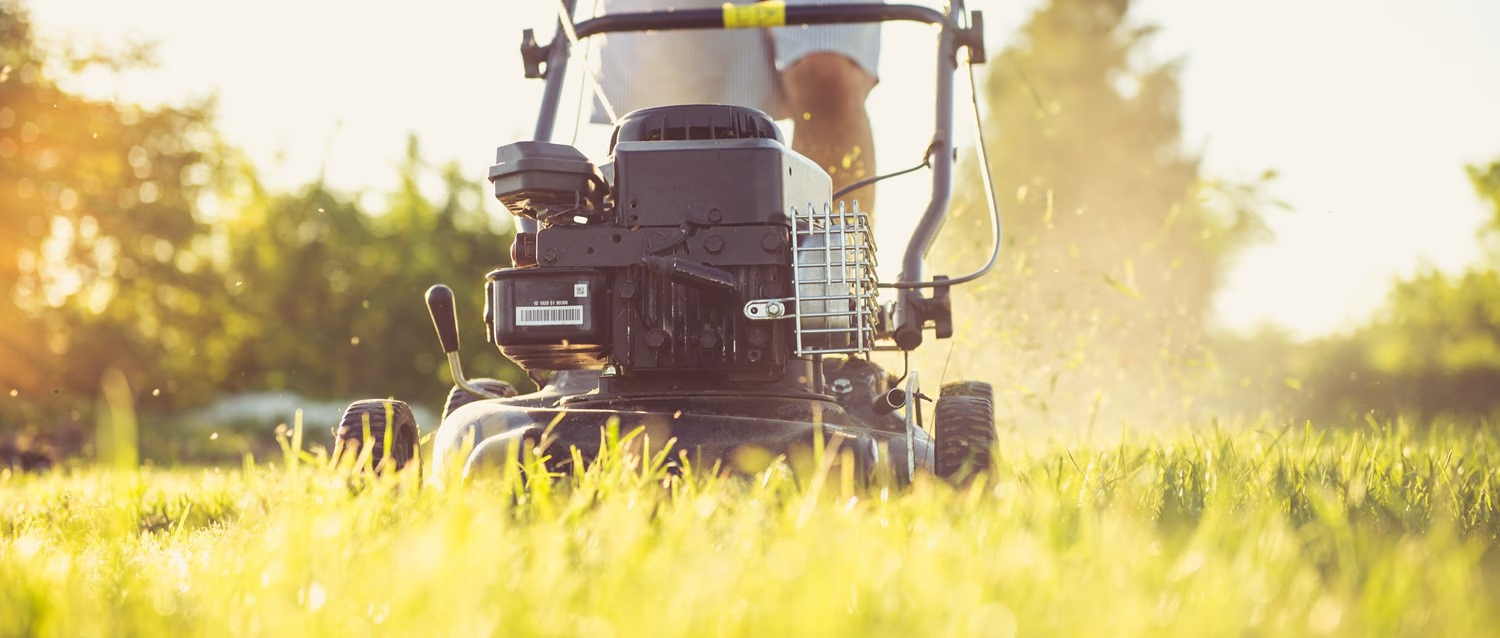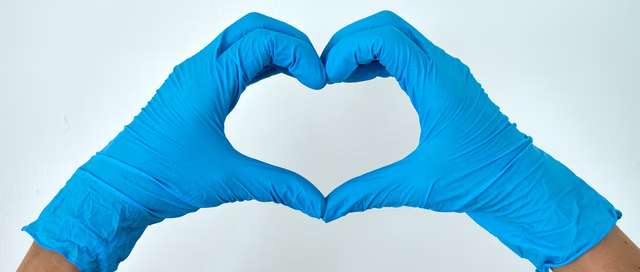
How to manage hay fever at home
Peer reviewed by Dr Krishna Vakharia, MRCGPLast updated by Andrea DowneyLast updated 11 Aug 2022
As the weather gets warmer and many of us think about spending more time outside, it can be easy to forget that the spring and summer seasons bring other challenges for some. For those who suffer from hay fever, it marks months of being plagued by watery eyes, a runny nose and sneezing.
In this article:
Depending on which type of pollen you're allergic to, you may experience hay fever symptoms at any point between the beginning of spring, right through to the end of summer. Thankfully, there are various hay fever treatments to help you manage these, but what if you're having a particularly bad hay fever day and you need a little extra help?
Dr Deborah Lee of Dr Fox Online Pharmacy and Mr Pavol Surda, consultant ENT and rhinology surgeon at London Bridge Hospital share their top tips on managing hay fever symptoms.
Continue reading below
What is hay fever?
Before you can manage your hay fever symptoms, it's helpful to know what hay fever is and what causes it.
"Hay fever is a condition caused by a seasonal allergy to pollen. It's incredibly common, affecting 10%-30% of the world population," Dr Lee says.
"In the spring and summer, when certain trees and plants are producing pollen, hay fever causes unpleasant symptoms - most often, itchy eyes, runny eyes, and an itchy, runny nose."
In England, there are around 16 million hay fever sufferers.
Mr Surda explains that when pollen particles enter your nose it triggers an immune response, which leads to the symptoms you're so familiar with.
"During the introduction to a certain allergen, your immune system will decide whether to tolerate it or become sensitive. Becoming sensitive means that your immune system mistakes allergens like pollen for infections - in turn, your body releases chemicals called histamines into the blood which trigger hay fever symptoms."
There are more than 30 different types of pollen known to cause hay fever. Of these, grass pollen is the most common with sufferers experiencing symptoms mostly from May to July. Rapeseed causes symptoms between March and July, while alder, hazel and yew pollens may be a problem between January and April. Populus, ash, birch and plane pollens occur slightly later, between March and May.
Patient picks for Other allergies
How to manage hay fever at home
Dr Lee says one of the best ways to manage your hay fever symptoms is to be aware of the pollen count.
"If you have hay fever and/or asthma, it's important to take extra care when the pollen count is high or very high," she says.
"The pollen count is affected by the weather. It is highest on hot, windy days and lowest when it is cooler and raining."
Here's her advice on managing those itchy eyes and sneezing fits:
When the pollen count is high, stay indoors as much as possible
Change your clothes when you come in from outside, and shower to remove the pollen.
Vacuum regularly and mop the floors instead of sweeping to avoid dust.
Wear wraparound sunglasses when you go outside.
Avoid drying your washing outside.
Keep fresh flowers out of the house.
Using face masks that can filter pollen when out and about.
Mr Surda agrees: "Where possible, you should avoid spending too much time outside, or leaving the doors and windows open too long in the house. Remember, pollen counts, are highest in the morning and at dusk. Pollen is released first thing, goes up in the air, then comes back down."
Continue reading below
Can antihistamines help hay fever symptoms?
The best way to manage your hay fever symptoms is by taking antihistamines. These are medicines that reduce the body's natural immune response - or histamines - that are released when the body comes into contact with a trigger like pollen.
"Antihistamines are the most common hay fever treatments because they work by preventing the release of histamine," Dr Lee explains.
"They can be obtained as tablets, liquids, syrups, eye drops, nasal sprays, creams, and lotions. But they need to be used on time and regularly to keep their effects ongoing. If you miss out on a dose, you will be too late to prevent the release of histamine, and symptoms will most likely start."
Mr Surda suggests using a combination of antihistamine treatments to stand the best chance of reducing hay fever symptoms.
"A combination of antihistamine tablets and a nasal spray is the most effective hay fever treatment. If you are experiencing symptoms, ask your pharmacist for non-drowsy antihistamines containing loratadine or cetirizine," he says.
"In terms of nasal sprays, nasal corticosteroid sprays have been shown to be superior in the treatment of nasal symptoms. Nasal sprays become highly effective in three to four days, so, you should start taking them regularly before symptoms develop."
Dr Lee adds that eye drops can also help ease the pain of itchy and watery eyes. She says that treatment is best decided based on the types of symptoms experienced.
"Sodium cromoglycate eye drops are one option for eye symptoms and have the same mode of action as some nasal sprays, preventing mast cells from releasing histamine. These can be applied, two drops in each eye, four times a day.
"Hay fever treatment is usually offered depending on the type of symptoms and the severity. For example, a person who only has eye symptoms might just be given eye drops. Someone who has runny, itchy eyes and nose, plus other generalised symptoms, would be offered antihistamine tablets, as well as or instead of eye drops and a nasal spray."
If you are still suffering despite trying to manage at home, book in with your GP to discuss other options. If you also suffer from asthma, it's important you speak to your GP about how hay fever symptoms might trigger asthma, and how you can prevent a serious flare-up.
If you're not sure which hay fever treatment is right for you then you can speak to your local pharmacist about your symptoms. They will be able to advise on, and supply, a range of anti-hay fever options that are right for you. Some medications otherwise only available on prescription, such as Dymista, are available to buy from pharmacists through Patient Access.
Article History
The information on this page is written and peer reviewed by qualified clinicians.
11 Aug 2022 | Latest version
11 Aug 2022 | Originally published

Feeling unwell?
Assess your symptoms online for free

